Since the descent into civil war in Syria, revolutionary forces have seized control of the Kurdish region of Rojava. The mainstream media has been quick to publicise who the revolutionary forces in Rojava are fighting against: the brutality of Islamic State (IS); but what they fighting for is often neglected. In December of 2014, we had the chance to visit the region as part of an academic delegation. The purpose of our trip was to assess the strengths, challenges and vulnerabilities of the revolutionary project under way (read the Delegation’s Joint Statement here).
Rojava is the de facto autonomous Kurdish region in northern Syria. It consists of three cantons: Afrîn in the west, Kobanê in the centre, and Cizîre in the east. It is, for the most part, isolated and surrounded by hostile forces. However – despite the brutal war with IS, the painful embargo of Turkey and the even more painful embargo of Barzani and his Kurdish Regional Government (KRG) in Iraq – systems of self-governance and democratic autonomous rule have been established in Rojava, and are radically transforming social and political relations in an emancipatory direction.
As Saleh Muslim Mohamed, co-president of the Democratic Union Party (PYD) representing the independent communities of Rojava, explained in an interview in November 2014: “[We are engaged in the construction of] radical democracy: to mobilize people to organize themselves and to defend themselves by means of peoples armies like the Peoples Defense Unit (YPG) and Women’s Defense Unit (YPJ). We are practicing this model of self-rule and self-organization without the state as we speak. Democratic autonomy is about the long term. It is about people understanding and exercising their rights. To get society to become politicized: that is the core of building democratic autonomy.”
At the forefront of this politicization is gender equality and women’s empowerment, with equal representation and active participation of women in all political and social circles. “We [have] established a model of co-presidency – each political entity always has both a female and a male president – and a quota of 40% gender representation in order to enforce gender equality throughout all forms of public life and political representation,” explains Saleh.
The revolutionary forces in Rojava are not fighting for an independent nation state, but advocating a system they call democratic confederalism: one of citizenry-led self-governance through the formation of neighbourhood-level people’s councils, town councils, open assemblies, and cooperatives. These self-governing instruments allow for the participation of diverse political, ethnic, and religious groups, promoting consensus-led decision-making. Combined with local academies aimed at politicising and educating the population, these structures of self-governance give the populace the ability to raise and solve their own problems.
During our nine day trip to Cizîre canton, we visited rural towns as well as cities, where we met with representatives and members of schools, cooperatives, women's academies, security forces, political parties, and the self-government in charge of economic development, healthcare, and foreign affairs.
Throughout the visit, we witnessed discipline, revolutionary commitment and impressive collective mobilisation of the population in Cizîre. Despite the isolation and difficult conditions, a perseverance and even confidence seemed to dominate the collective mood among representatives and members of all the diverse groups we met. This collective optimism and willingness to sacrifice was in the pursuit of an admirable ideological program and genuine steps towards collective emancipation. We were particularly struck by the emphasis on education, politicization, and a consciousness-raising of the general population in accordance with a grass-roots democratic transformation of social and property relations.
Images by Jeff Miley. Click on images to enlarge.
An obvious and striking strength of the revolution clearly on display throughout our trip were the strides towards gender emancipation. Our meetings with government representatives, members of academies, women’s militias, and people’s councils all demonstrated that women’s empowerment is not mere programmatic window-dressing but is in fact being implemented. This, in the context of the Middle East and in sharp contrast to both the IS as well as the KRG, was most impressive.
Another feature of the programmatic agenda we found admirable was the insistence by the revolutionary government in Rojava that it is committed to a broader struggle for a democratic Syria, and in fact a democratic Middle East, capable of accommodating cultural, ethnic and religious diversity through democratic confederalism. In this vein, we witnessed proactive attempts by the revolutionary forces to include ethnic and religious minorities into the struggle underway in Rojava, including the institutionalisation of positive discrimination, quotas, and self-organisation of minority groups, such as the Syriac community – which even formed their own militias.
That said, the integration of the local Arab population into the revolutionary project remains a critical challenge, as does coordination and the formation of alliances with groups outside of the three cantons. Extra-Kurdish coordination and alliances are certainly prerequisites for ensuring the survival of the revolution in the medium and long term and are especially critical if democratic confederalism is to spread across Syria and the Middle East. Such a task is as difficult as it is urgent. It is crucial that the revolutionary authorities do everything in their power to assuage Arab fears of a Greater Kurdistan agenda, and include them in this struggle. Avoiding a Kurdish-centric version of history, literature and even the temptation to push for a Kurdish-only language educational system will help prevent the alienation of ethnic and religious minorities.
Revolutionary symbols (e.g. flags, maps, posters) are particularly important when it comes to integrating ethnic and religious minorities, as well as publicising the revolution across the world. More inclusive imagery would certainly facilitate the task of winning support and sympathy – both in the Middle East and more globally. References beyond the Kurdish movement were strikingly absent from the symbols we saw. The positive side of the Kurdish revolutionary symbols cannot be ignored and certainly plays a significant role in facilitating the mobilisation of the Kurdish population. However, at the same time it is likely to alienate non-Kurds and Kurds who might misidentify the struggle as one for a Greater Kurdistan.
Listen to Jeff Miley's talk on Rojava and the Kurdish revolutionary movement
Our biggest concern is that the revolution will be compromised – if not sacrificed – by broader geopolitical games. The current close alliance between the KRG and the United States, and the recent US-led airstrikes in Syria, fuel the suspicions of many – especially Sunni Arabs – that the Kurds are but pawns to yet another imperialist intervention in the region in pursuit of oil.
The politics of divide and conquer employed by the imperialist powers have a long, bloody and effective history in the Middle East and beyond. This sad reality reinforces how crucial it is to build alliances, and to transcend the Kurdish nationalist imaginary within the ranks of the movement. Indeed, one of the principal strengths of IS has been its ability to mobilise militants both locally and globally in seemingly implacable opposition to imperialist powers.
It is especially important for the Kurdish revolution to appeal to the Turkish left, and to encourage them to denounce and fight against the crippling embargo enforced by the Turkish state on Rojava. The effects of and challenges created by the embargo were all too evident with respect to the basic health needs of the population we encountered. Unexpectedly, it was not a lack of medical expertise but rather a lack of medicine and medical equipment that most threatens population health.
The effects of the embargo also reach beyond the immediate needs of the population in Rojava. The environmental toll was evident, most notably in the oil-seeped soil around the rigs. Given the circumstances, it is certainly understandable and indeed inevitable that the revolutionary authorities are nearly exclusively preoccupied with the tasks of providing for immediate energy and food needs of the population while searching for financial assistance to keep the revolutionary project afloat. Nevertheless, the revolution offers a unique opportunity to carefully establish an environmentally sustainable and democratically managed economy.
In the broader context of tyranny, violence, and political upheaval rocking many countries in the Middle East, it is highly unlikely that problems can be understood in isolation or solved on a country-by-country basis. One of the best things about the model of democratic confederalism institutionalized in Rojava is that it is potentially applicable to the entire region – a region, it should be recalled, the borders of which were largely drawn in illegitimate fashion by imperialist forces a century ago. The sins of Imperialism have yet to be forgotten in the region.
Democratic confederalism, however, is not about dissolving state borders, but transcending them. At the same time, it allows for the construction of a local, participatory democratic alternative to tyrannical states. Indeed, the model of democratic confederalism promises to help foster peace throughout the region, from the Israeli-Palestine conflict, through Turkey, Iraq, Yemen, Lebanon, etc. If only this democratic revolution could spread.
The long siege on Kobanê, facilitated by the criminal complicity of the Turkish state, constituted not just an assault on the Kurdish people but on a revolutionary democratic project. The region is being torn asunder in a destructive process protagonized by a variety of reactionary brands of political Islam. The revolutionary project of Rojava, based on democratic participation, gender emancipation, and multi-cultural, multi-religious, multi-ethnic, and even multi-national accommodation, represents a third way, perhaps the only way, for achieving a just and lasting peace in the Middle East. For these reasons the recent liberation of Kobanê should be hailed by progressives, indeed, by all advocates of peace, freedom and democracy around the world.
Watch Sociology PhD Candidate and Kurdish activist Dilar Dirik's talk on the Kurdish Women's Movement at the New World Summit in Brussels last year.






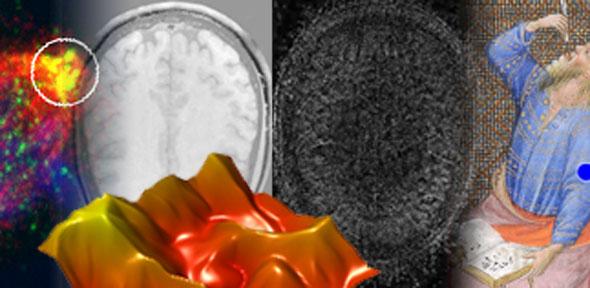

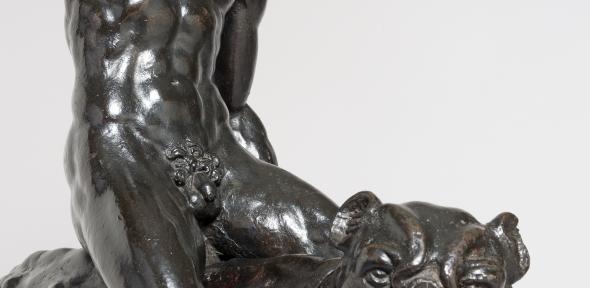




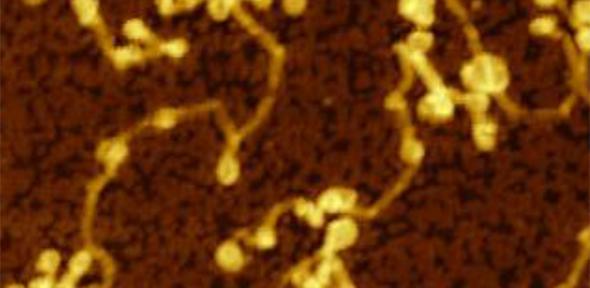
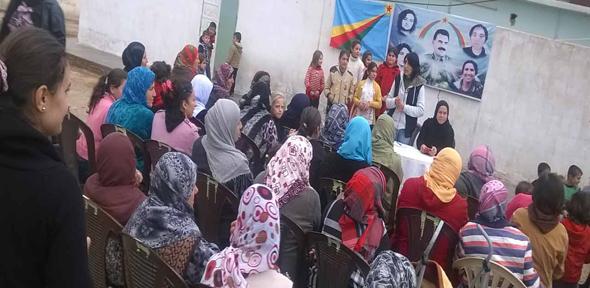










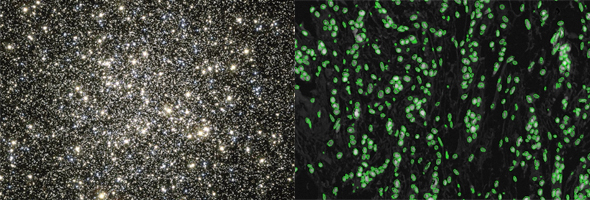





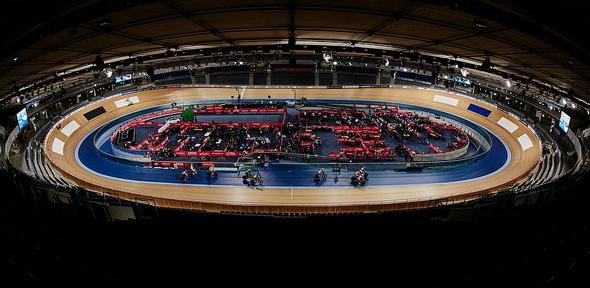



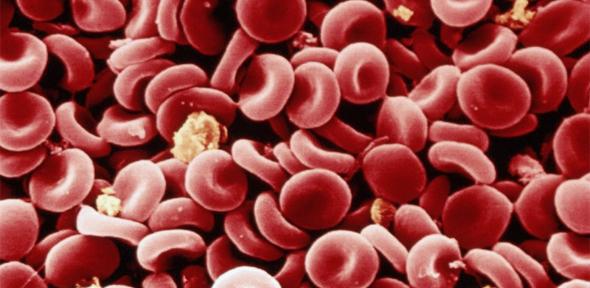
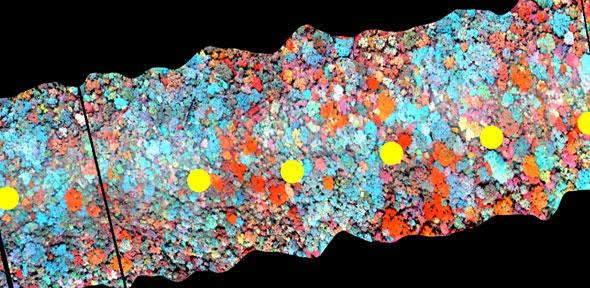


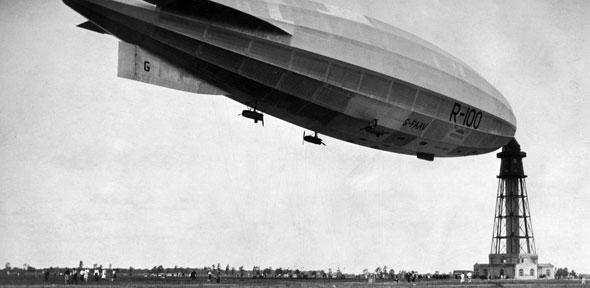


 Dillon Weston used the pathogen as the basis of an intricate glass model the height of a hand’s span, 400-times larger than the actual organism. Its delicate tendrils stretch upwards, crisscrossing each other in a complex and fragile array of strands topped by tiny oval heads crammed with spores. It is beautiful, but this beauty belies the pathogen’s legacy of death.
Dillon Weston used the pathogen as the basis of an intricate glass model the height of a hand’s span, 400-times larger than the actual organism. Its delicate tendrils stretch upwards, crisscrossing each other in a complex and fragile array of strands topped by tiny oval heads crammed with spores. It is beautiful, but this beauty belies the pathogen’s legacy of death.





